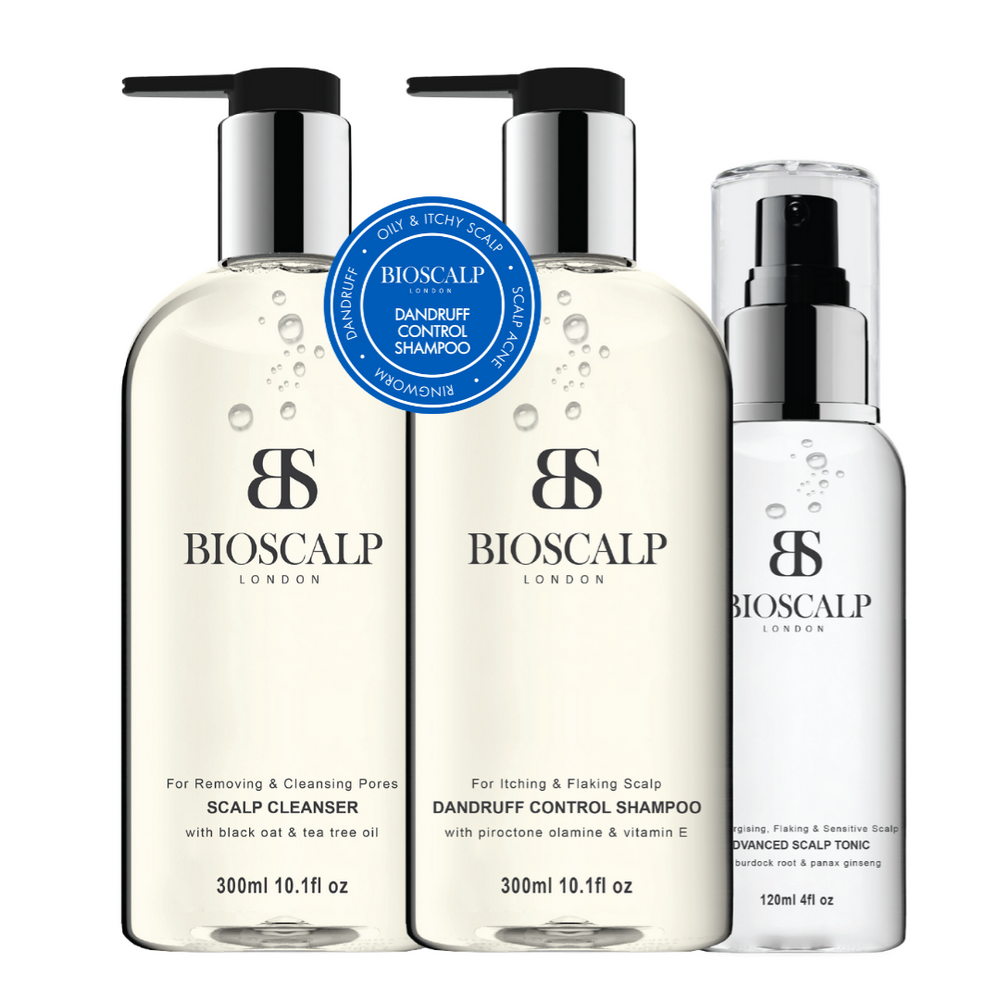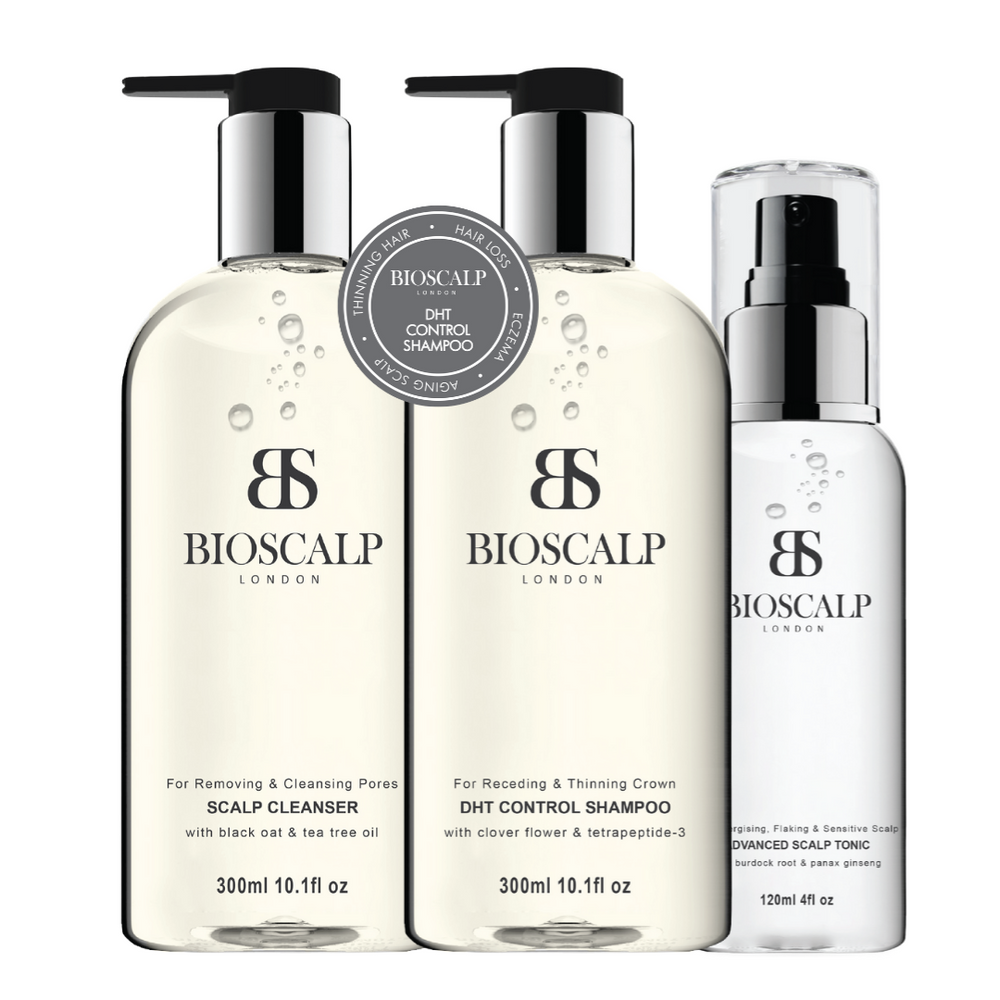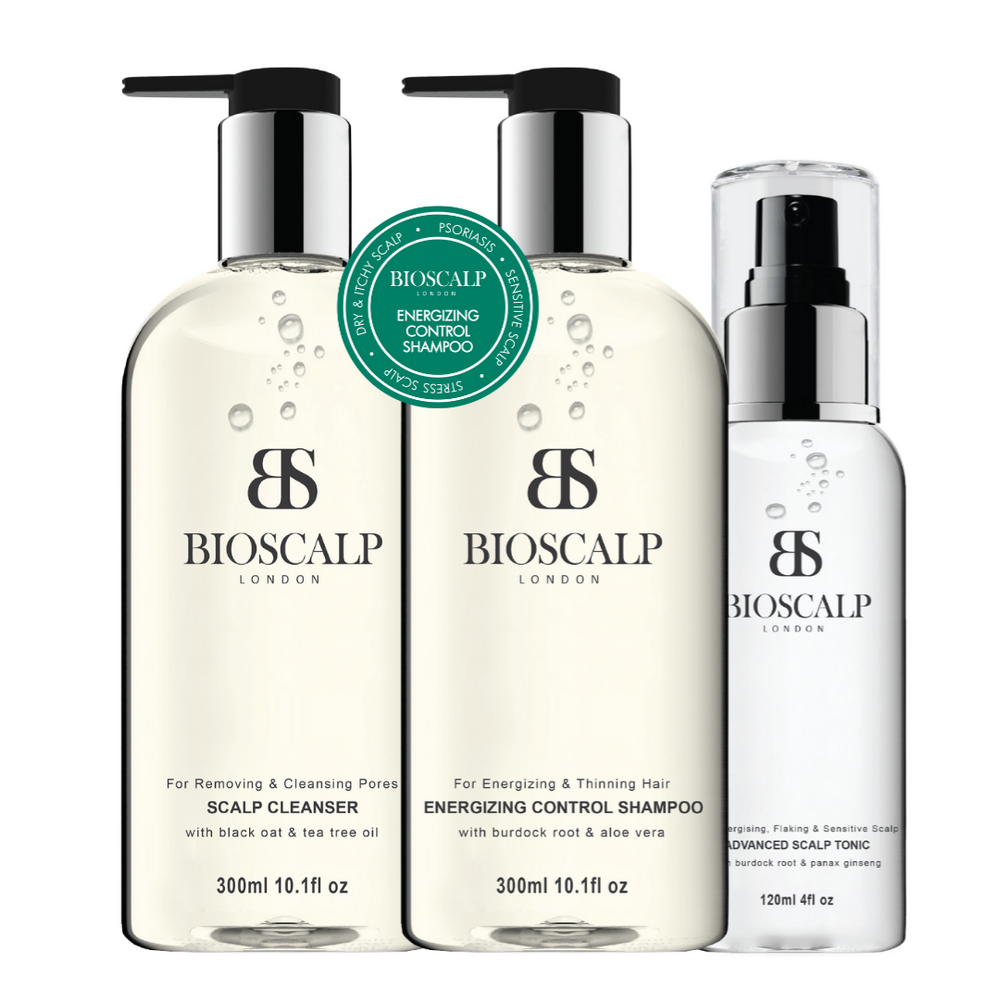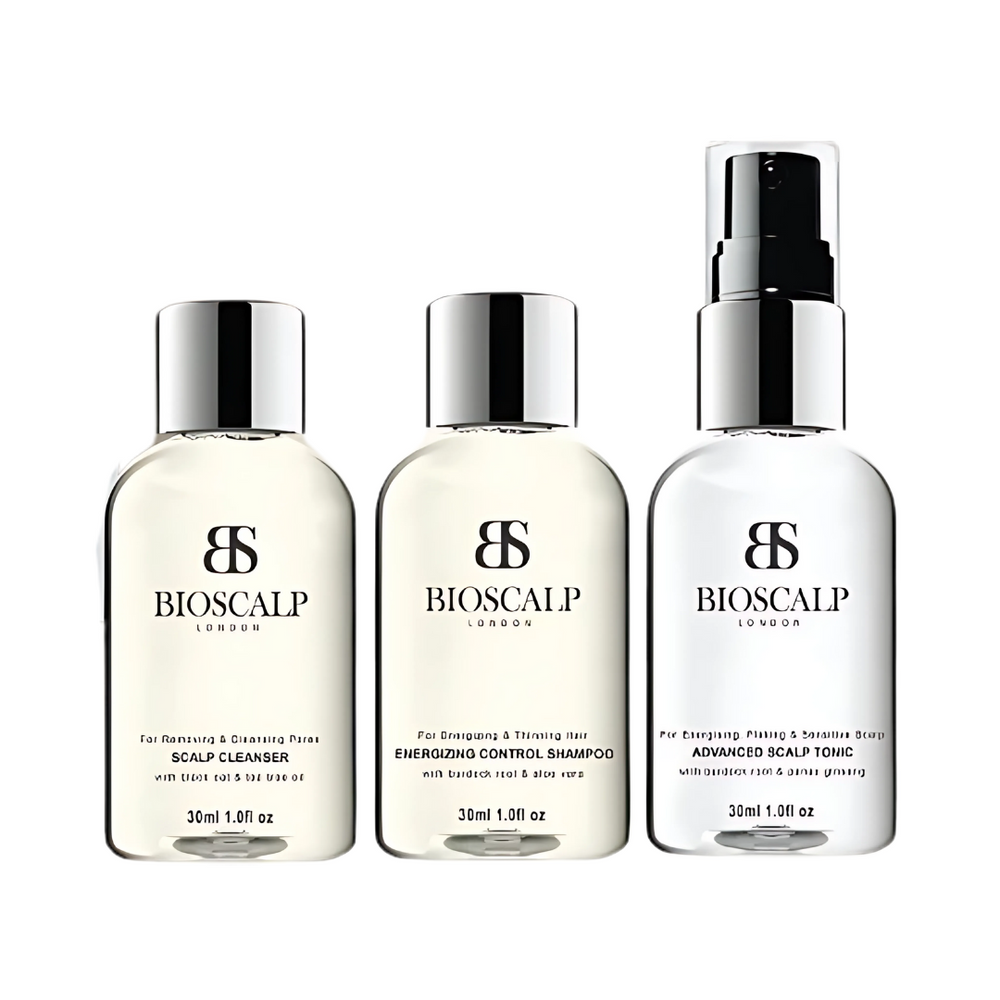Dandruff is a prevalent scalp condition that affects millions worldwide, cutting across different age groups and hair types. While it is generally harmless, it can be a source of discomfort and embarrassment due to visible flakes and persistent itching. Many people wonder what causes dandruff and how it can be managed effectively. Let’s dive deep into what is dandruff, what causes it, and the best ways to treat dandruff.

What is Dandruff?
Dandruff is a condition characterised by the excessive shedding of dead skin cells from the scalp. These dead skin cells accumulate and appear as visible white or yellow flakes in the hair or on clothing. In addition to the flakes, dandruff can cause significant scalp itching and irritation. While it is often mistaken for poor hygiene, dandruff is actually a result of complex biological and environmental factors. It is commonly viewed as a milder form of seborrheic dermatitis, a more severe skin condition that affects other areas of the body, such as the face, chest, and back. Despite its annoying nature, dandruff is neither contagious nor life-threatening, but understanding its underlying causes is key to effective management.
Causes of Dandruff
The exact mechanisms behind dandruff are not fully understood, but research has identified several contributing factors.
Overgrowth of Malassezia Yeast
One of the leading causes is the overgrowth of a type of yeast called Malassezia, which naturally resides on the scalp. While usually harmless, an excessive amount of this yeast can irritate the skin, leading to inflammation and the overproduction of skin cells. These extra skin cells then shed, mixing with oil on the scalp to form the flakes commonly associated with dandruff.
Skin Oil Production
Another significant factor is the scalp’s production of sebum, or natural oils. For individuals with oily scalps, the excess oil can create an environment that fosters yeast overgrowth. Interestingly, those with dry scalps can also experience dandruff as the skin produces more oil in response to dryness, creating a vicious cycle.
Irritation from Hair Products
Hair care products can also play a role. Some people develop sensitivities to certain ingredients in shampoos, conditioners, or styling products, resulting in scalp irritation. This condition, known as contact dermatitis, can worsen dandruff symptoms or even mimic them.
Environmental Factors
Environmental conditions, such as cold, dry weather, often exacerbate dandruff. The lack of humidity can dry out the scalp, making it more prone to flaking. Additionally, stress has been shown to aggravate dandruff, possibly because it weakens the immune system, making the scalp more susceptible to yeast overgrowth and inflammation.

Symptoms of Dandruff
Dandruff is most recognisable by the presence of visible flakes of dead skin on the scalp, hair, and shoulders. These flakes can range in size and may be white or yellowish, depending on the underlying condition. Accompanying the flaking is often persistent itching, which can be mild or severe. In some cases, individuals may experience redness or inflammation on the scalp, especially when the condition is left untreated or if the scratching leads to skin irritation. While dandruff primarily affects the scalp, it can sometimes spread to the eyebrows, beard, or ears.
Management and Treatment
Thankfully, dandruff is a manageable condition, and most people can find relief through a combination of proper scalp care and targeted treatments. Over-the-counter anti-dandruff shampoos are often the first line of defence, and several active ingredients have been proven effective.
- Zinc Pyrithione: This antifungal ingredient helps to reduce the presence of Malassezia yeast on the scalp, tackling one of the primary causes of dandruff.
- Ketoconazole: Another potent antifungal agent, ketoconazole is often recommended for more stubborn cases of dandruff.
- Salicylic Acid: This ingredient works as an exfoliant, breaking down and removing the buildup of dead skin cells and flakes.
- Coal Tar: Known for its ability to slow down the shedding of skin cells, coal tar is particularly helpful for more severe forms of dandruff, such as seborrheic dermatitis or psoriasis.
For mild cases, regular use of these shampoos, as directed, can significantly reduce flaking and itching within a few weeks. It’s important to follow the product’s instructions, as overuse can sometimes lead to dryness or irritation.
If symptoms persist after four to six weeks of consistent treatment, it’s advisable to consult a healthcare provider or dermatologist. A professional can determine if a prescription-strength shampoo, topical treatment, or other intervention is necessary. In rare cases, persistent dandruff may signal an underlying skin condition or a systemic issue that requires further evaluation.

Conclusion
Dandruff, though common, can be a frustrating condition to deal with. Its visible nature often causes embarrassment, but it’s important to remember that dandruff is not a reflection of poor hygiene. With a better understanding of its causes and symptoms, you can take steps to manage it effectively. Whether it’s choosing the right shampoo, adjusting your hair care routine, or seeking medical advice for severe cases, there are solutions to help you regain a flake-free and comfortable scalp. By taking proactive measures, you can control dandruff and maintain healthy hair and skin.








